Unwanted birthmarks can be a source of emotional distress for many individuals. These skin marks, although harmless, can significantly affect one’s confidence and self-esteem. Fortunately, with advances in medical technology, laser treatment has emerged as a highly effective solution for removing unwanted birthmarks. As a plastic and cosmetic surgeon in Meerut, I, Dr. Kanika Singla, am here to provide insight into this modern treatment option.
Understanding Unwanted Birthmarks
Birthmarks are congenital, meaning they are present at birth or develop shortly afterward. They come in various shapes, sizes, and colors, ranging from light brown to deep purple. While some birthmarks fade over time, others persist, becoming more noticeable. The desire to remove these unwanted birthmarks is often driven by aesthetic reasons and, in some cases, medical concerns.
What is Laser Treatment?
Laser treatment uses concentrated beams of light to target and break down the pigments in birthmarks. The laser’s energy is absorbed by the colored pigments, causing them to fragment. The body’s immune system then gradually removes these fragments, leading to a reduction in the appearance of the birthmark. The precision of laser technology ensures that only the targeted area is affected, leaving the surrounding skin unharmed.
Types of Birthmarks Suitable for Laser Treatment
Not all birthmarks are the same, and their suitability for laser treatment varies. Common types of birthmarks that respond well to laser treatment include:
- Port-wine stains: These are reddish-purple marks caused by swollen blood vessels. Laser treatment can significantly lighten these marks, making them less noticeable.
- Café-au-lait spots: Light brown patches that can vary in size. Laser treatment can effectively reduce their pigmentation.
- Hemangiomas: Raised, red marks that are usually benign but can be treated with lasers if they cause discomfort or cosmetic concerns.
- Mongolian spots: Bluish-grey marks often found on the lower back or buttocks. Laser treatment can help fade these spots over time.
The Laser Treatment Procedure
The laser treatment process for unwanted birthmarks is straightforward and minimally invasive. Here’s what patients can expect:
- Consultation: The first step is a thorough consultation with a qualified plastic and cosmetic surgeon, like myself, to assess the birthmark and determine the most appropriate treatment plan.
- Preparation: On the day of the procedure, the area around the birthmark is cleaned, and a local anesthetic may be applied to minimize discomfort.
- Laser Application: The laser device is then carefully calibrated and directed at the birthmark. The duration of the treatment varies depending on the size and type of birthmark.
- Post-treatment Care: After the procedure, patients are given specific aftercare instructions to ensure proper healing. This may include avoiding direct sunlight and applying prescribed ointments.
Benefits of Laser Treatment for Unwanted Birthmarks
Laser treatment offers numerous benefits, making it a preferred choice for many:
- Non-invasive: Unlike surgical methods, laser treatment does not involve incisions, reducing the risk of infection and scarring.
- Precision: The laser targets only the pigmented areas, ensuring minimal impact on the surrounding skin.
- Minimal Downtime: Most patients can resume their daily activities shortly after the procedure, with minimal recovery time.
- Effective Results: With multiple sessions, laser treatment can significantly reduce or even completely remove the appearance of birthmarks.
Risks and Considerations
While laser treatment is generally safe, it is essential to be aware of potential risks and considerations:
- Side Effects: Temporary redness, swelling, or mild discomfort may occur post-treatment. These side effects usually subside within a few days.
- Multiple Sessions: Depending on the birthmark’s size and type, multiple treatment sessions may be required to achieve the desired results.
- Skin Sensitivity: Some patients may experience increased skin sensitivity, especially to sunlight, following treatment.
Choosing the Right Specialist
Selecting a qualified and experienced plastic and cosmetic surgeon is crucial for the success of laser treatment for unwanted birthmarks. In Meerut, patients can benefit from the expertise of professionals dedicated to providing the highest standard of care. As a plastic surgeon in Meerut, I, Dr. Kanika Singla, am committed to helping patients achieve their desired aesthetic outcomes through personalized treatment plans and advanced medical technology.
Conclusion
Laser treatment for unwanted birthmarks offers a safe, effective, and non-invasive solution for those looking to improve their appearance and boost their confidence. If you or a loved one is considering this treatment, consulting with a skilled specialist is the first step toward achieving clear, beautiful skin. For more information and to schedule a consultation, visit Plastic Surgeon in Meerut.
Embrace the possibility of a birthmark-free future with the power of laser technology.
FAQ
The number of laser treatment sessions required to remove an unwanted birthmark varies depending on the size, type, and color of the birthmark. On average, patients may need between 3 to 10 sessions for optimal results. During your initial consultation, I will assess your specific condition and provide a personalized treatment plan that outlines the estimated number of sessions needed.
Laser treatment for unwanted birthmarks is generally well-tolerated by most patients. Some may experience mild discomfort during the procedure, often described as a sensation similar to a rubber band snapping against the skin. To minimize discomfort, a local anesthetic cream may be applied to the treatment area before the procedure. Post-treatment, some redness and swelling can occur, but these side effects typically subside within a few days.
While laser treatment is considered safe, there are potential side effects and risks to be aware of. Common side effects include temporary redness, swelling, and mild discomfort in the treated area. In rare cases, there may be changes in skin pigmentation, scarring, or infection. Following post-treatment care instructions and choosing an experienced specialist, like myself, can help minimize these risks and ensure a smooth recovery process.
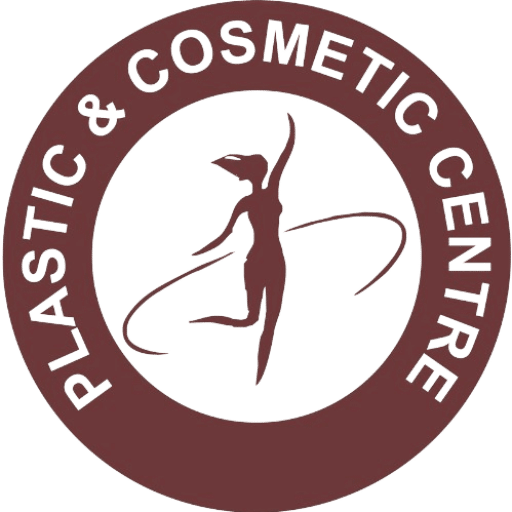
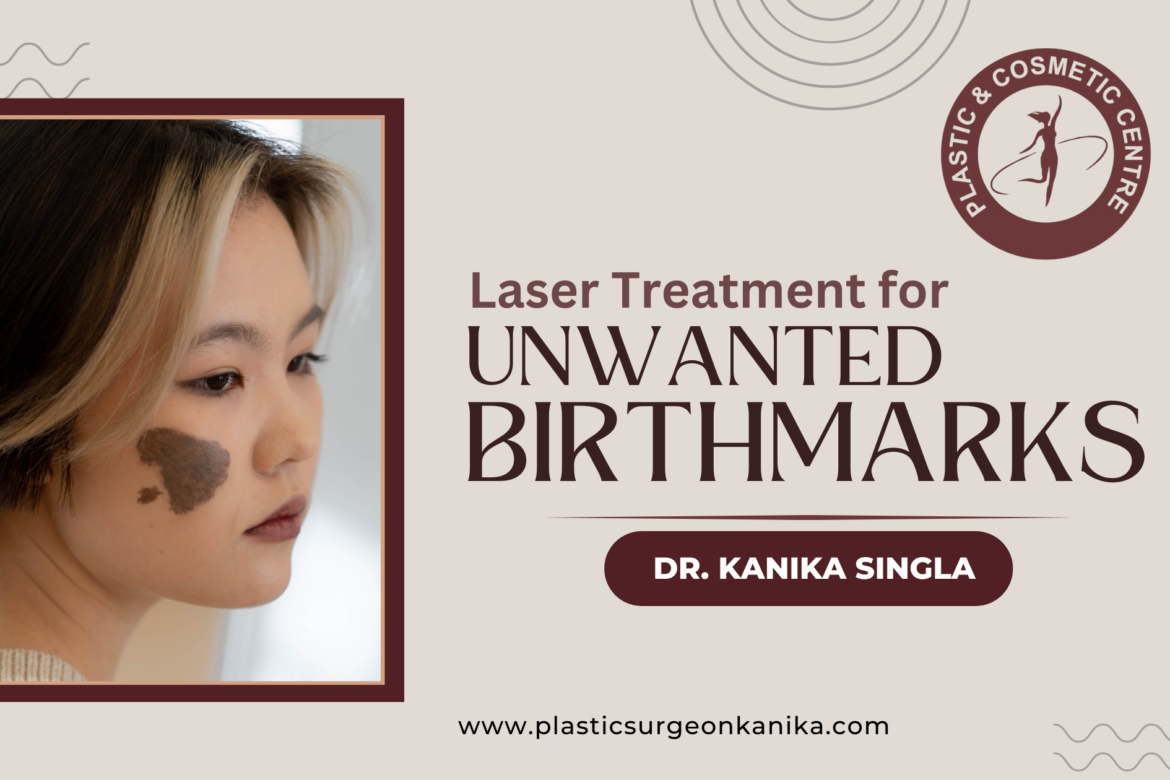
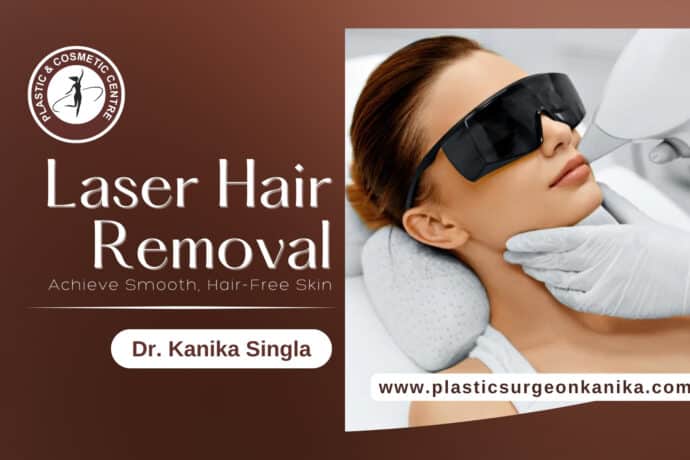
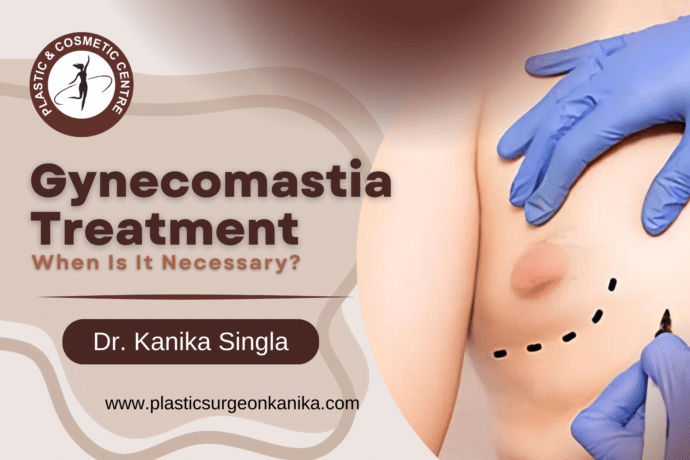
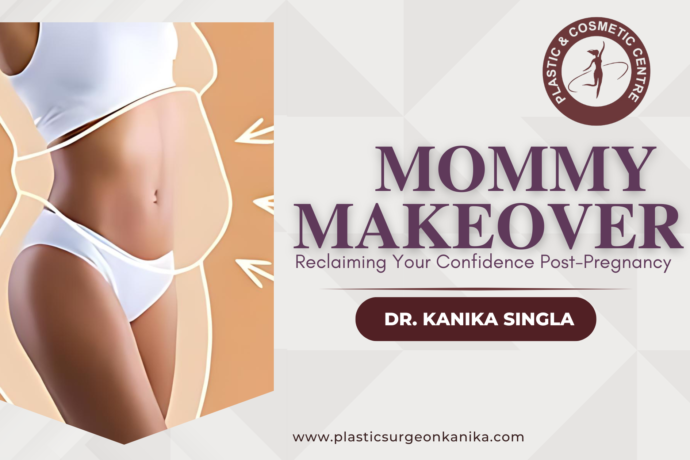
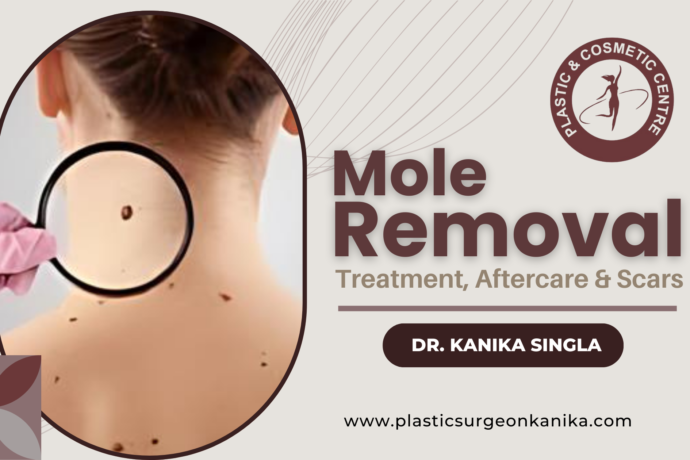
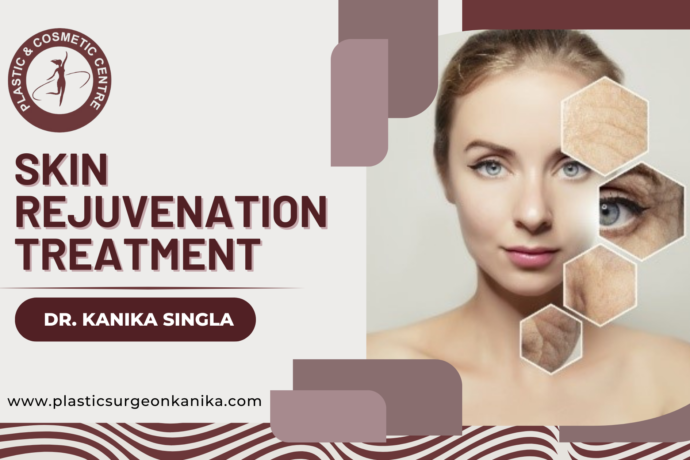
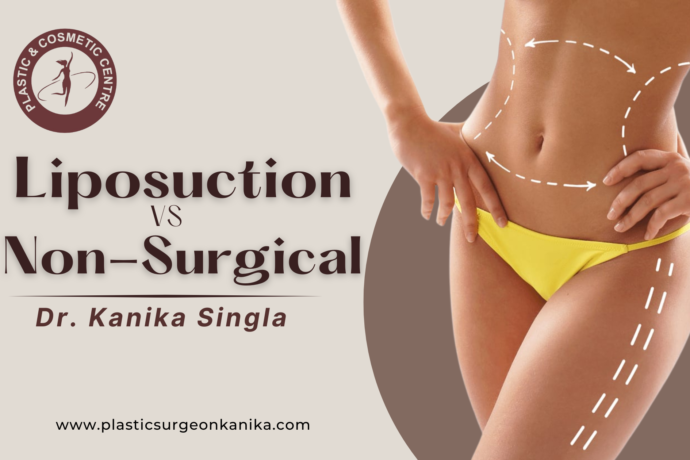

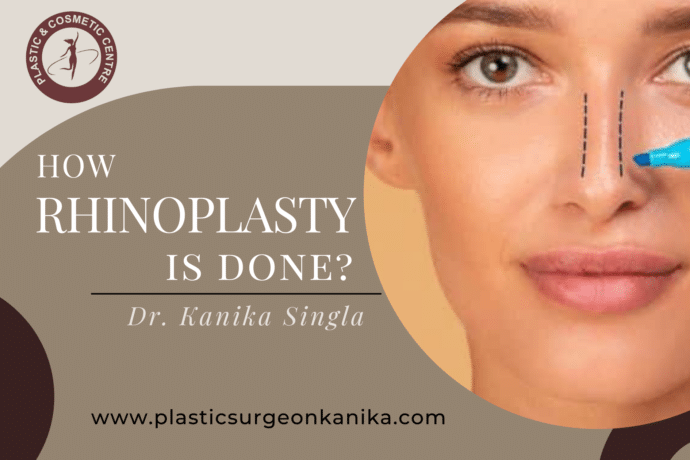
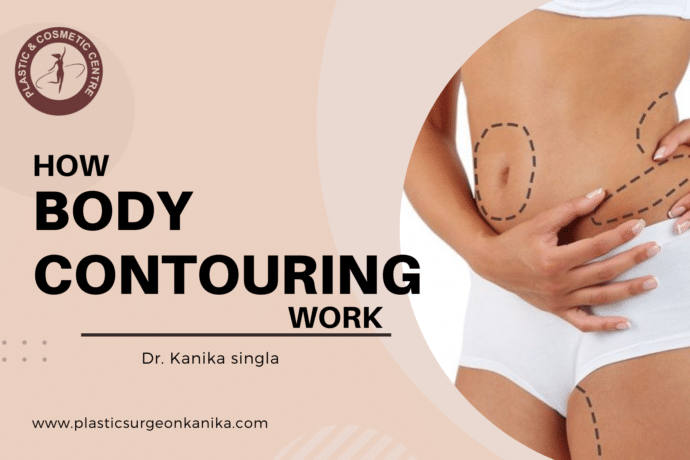
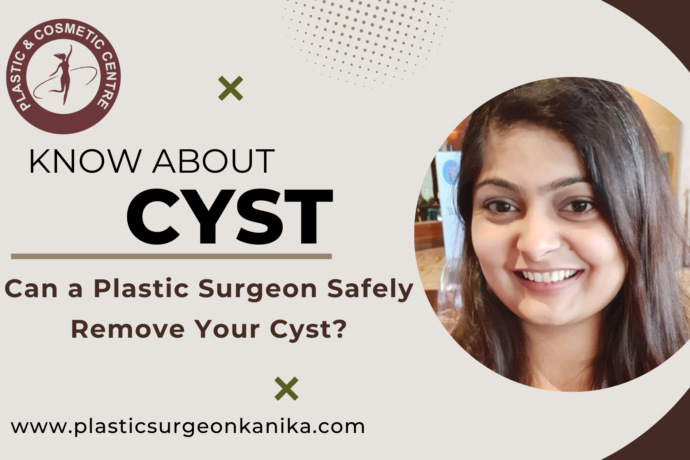
Leave a comment